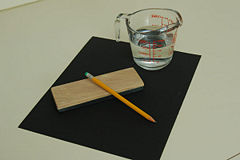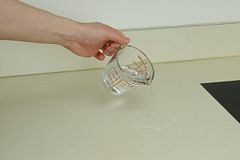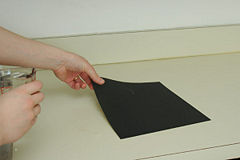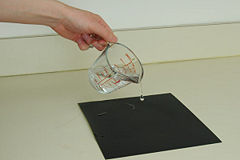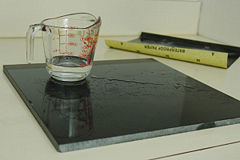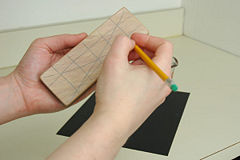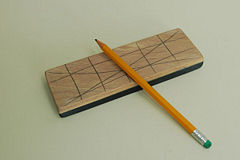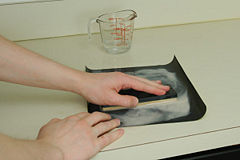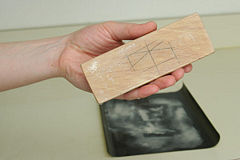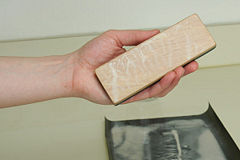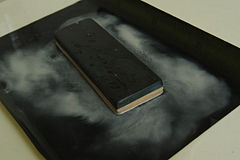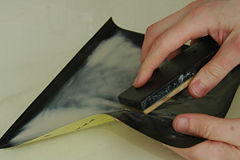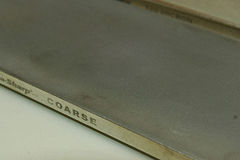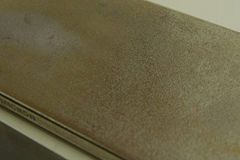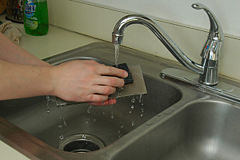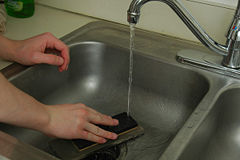Difference between revisions of "Hone Lapping 101"
m (Removed "Background to allow for proper introduction Wikepedia style. My mistake in the first place.) |
m (Fixed spacing) |
||
| Line 39: | Line 39: | ||
Image:Hone_lapping_101DSC_2479.jpg | To use my DMT hones for flattening, I usually hold the DMT in my left hand and the hone in my right. I make circles with the hones under a stream of running water in the sink. | Image:Hone_lapping_101DSC_2479.jpg | To use my DMT hones for flattening, I usually hold the DMT in my left hand and the hone in my right. I make circles with the hones under a stream of running water in the sink. | ||
Image:Hone_lapping_101DSC_2482.jpg | If I have a lot of lapping to do, I might set the DMT down in the bottom of the sink. <p> You don't need a lot of pressure for this. Just keep the hones making good contact and let the lapping stone do its thing. | Image:Hone_lapping_101DSC_2482.jpg | If I have a lot of lapping to do, I might set the DMT down in the bottom of the sink. <p> You don't need a lot of pressure for this. Just keep the hones making good contact and let the lapping stone do its thing. | ||
| + | </gallery> | ||
| + | == References == | ||
| − | |||
| − | |||
<references/> | <references/> | ||
| + | |||
[[Category:Tutorials]] | [[Category:Tutorials]] | ||
[[Category:Honing]] | [[Category:Honing]] | ||
Revision as of 05:18, 26 October 2008
Originally posted by Josh Earl.[1]
Most hones do not come with a flat honing surface. Vintage hones are usually worn from use; new hones aren't flat because of the manufacturing process. Before you use any hone for the first time, it is a good idea to flatten it. This is called lapping the hone.
You can do this with minimal investment. I lapped my hones for a long time with just a piece of wet-dry sandpaper and a flat surface to stick it to.
For this tutorial, I will be lapping a Belgian yellow coticule. This is one of my main workhorse hones, and it has not been lapped in a while. I do not have a Norton 4K/8K combo hone, but the procedure is pretty similar with all hones.
Contents
Getting started
To start out, I have collected a pencil, some 320-grit wet-dry sandpaper, a glass of water, and my hone. We're going to use a smooth counter top as the lapping surface.
It's important to get good quality sandpaper. Norton and 3M are good brands. Cheap sandpaper could leave particles embedded in your hone.
The first time you lap your hone, I'd suggest starting with sandpaper in the 320 to 400-grit range. This coarse paper will flatten the hone quickly. If you'd like, you can experiment with finishing the honing surface with paper between 600 and 1000 grit. Some guys find that the higher grit papers leave a smoother honing surface.
If you have a Norton hone or other waterstone that requires soaking, place it in a bucket of water for 15 minutes before you start lapping it.
